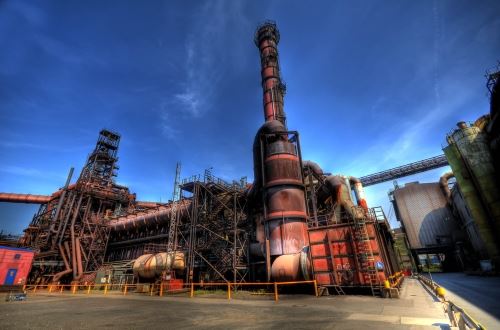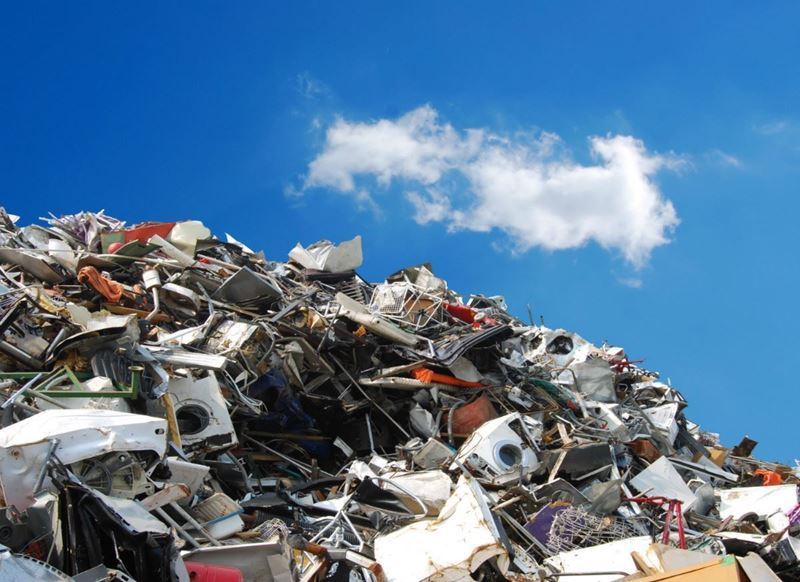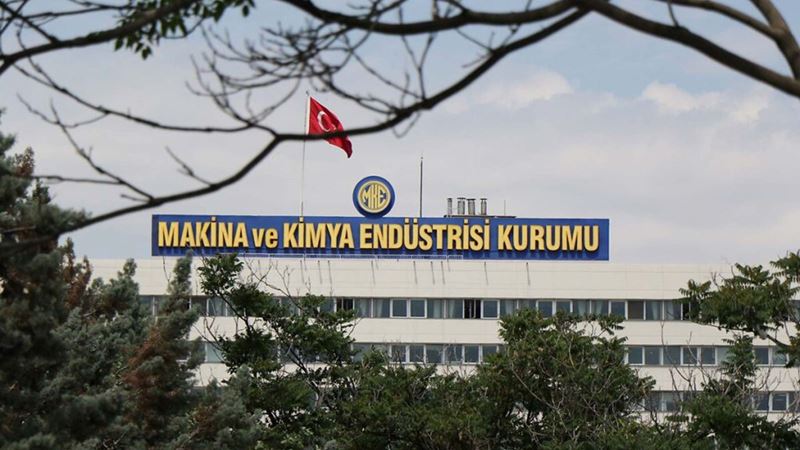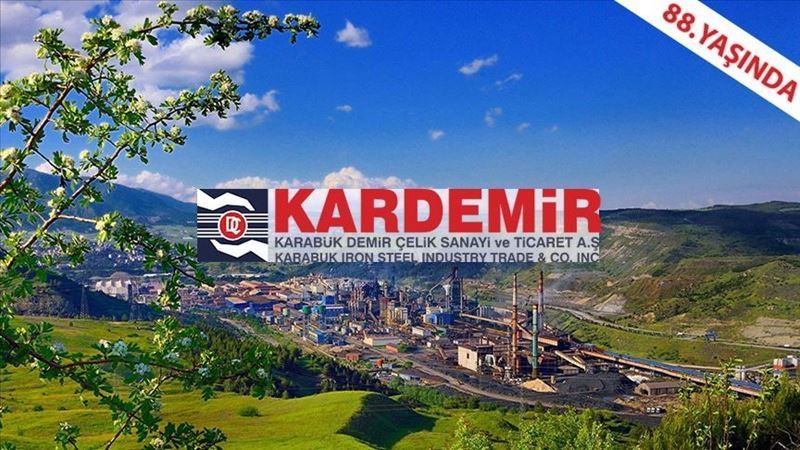The company invested two years in the development of the new process and now about half of the coal previously used in the EAF is being replaced with a resource-saving alternative. The process saves 3,500 tonnes of direct CO2 emissions per year.
At the start of the project, ArcelorMittal engineers, together with technology supplier Stein Injection Technology, tested various substitutes for their suitability. "Among other things, we examined sewage sludge and paper fibre residues, processed orange peel and non-recyclable waste," said project manager Michel Wurlitzer.
The most convincing results were provided by a granulate of residual material from waste from private households and similar institutions. The CO2 reduction was possible thanks to the biogenic carbons contained, for example, in paper or cotton fibres and the hydrogen it contains. Another advantage is that the high temperatures in the steel bath, exceeding 1,600 degrees Celsius, lead to complete decomposition of the granulate.









Comments
No comment yet.